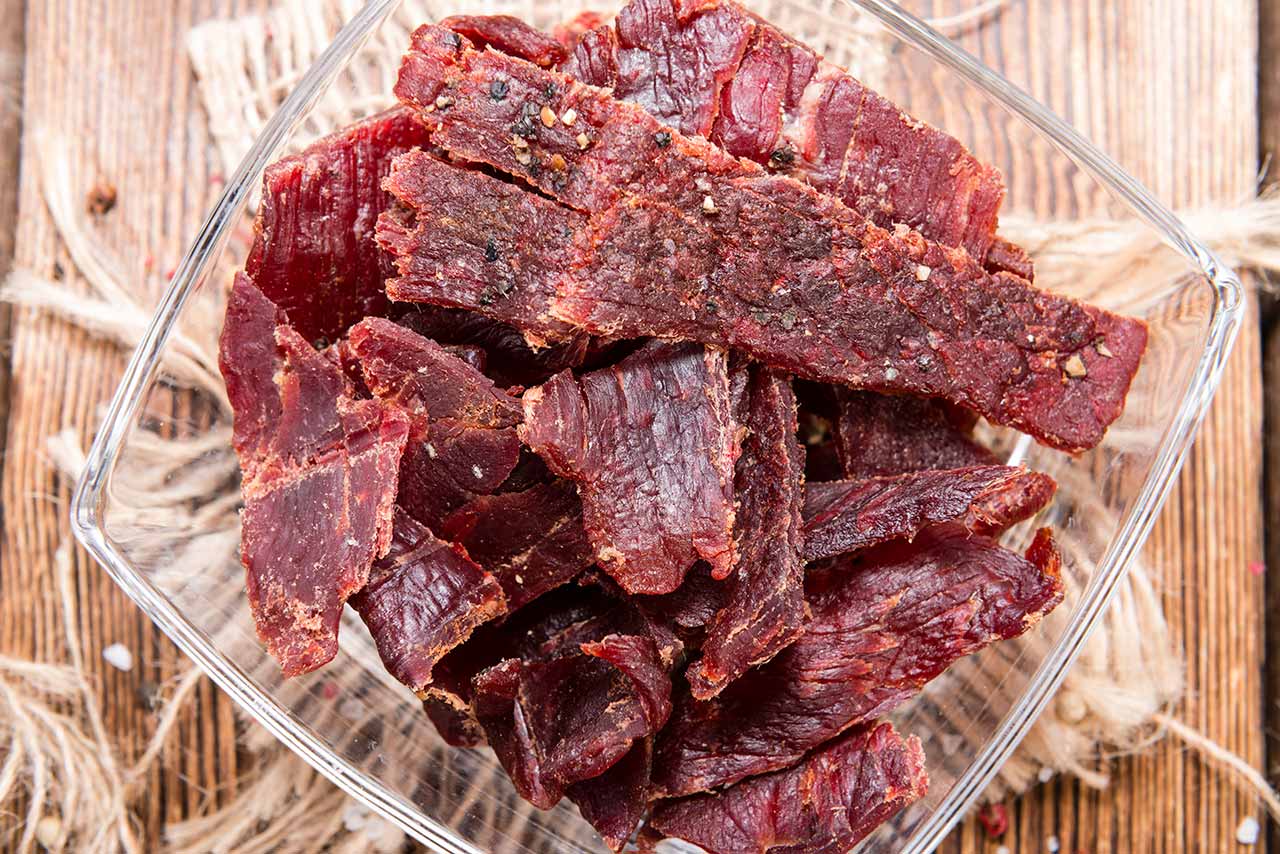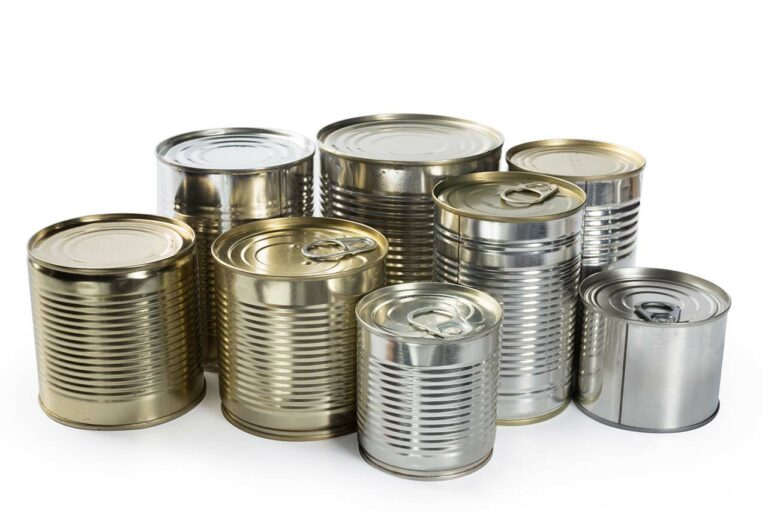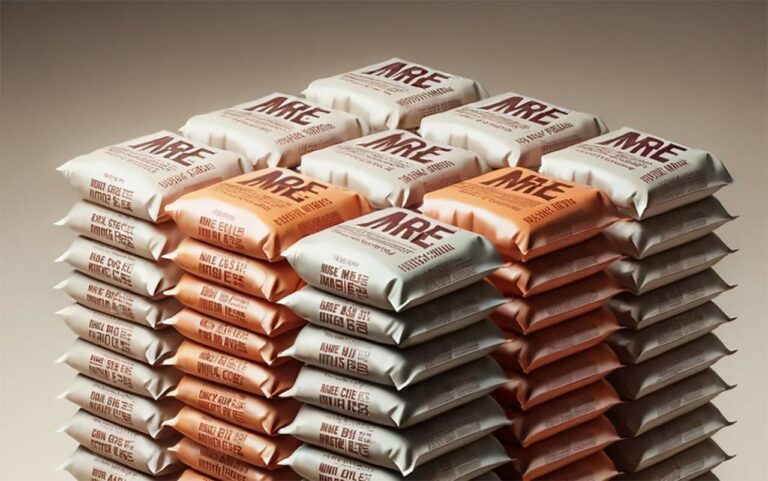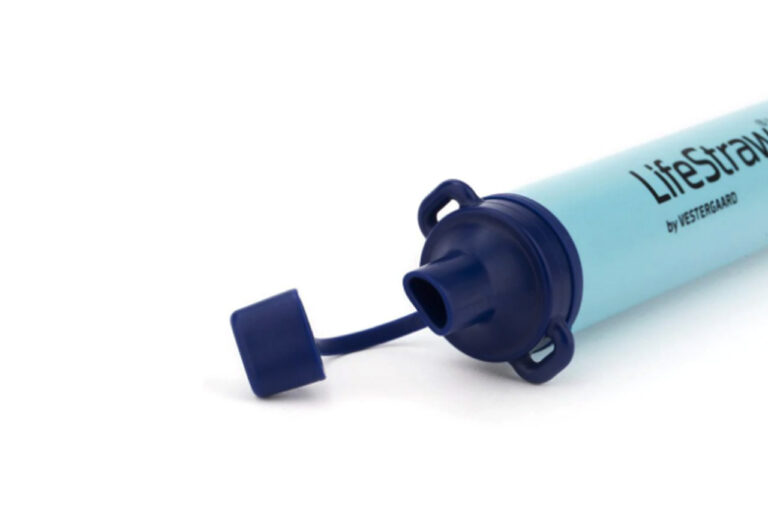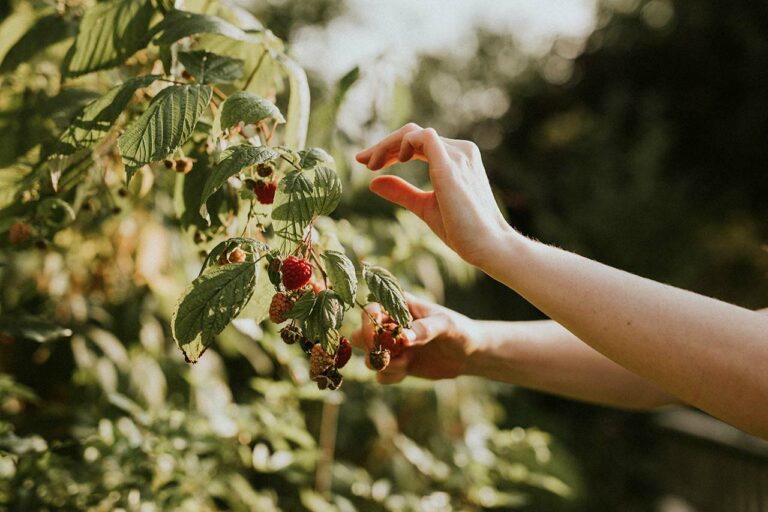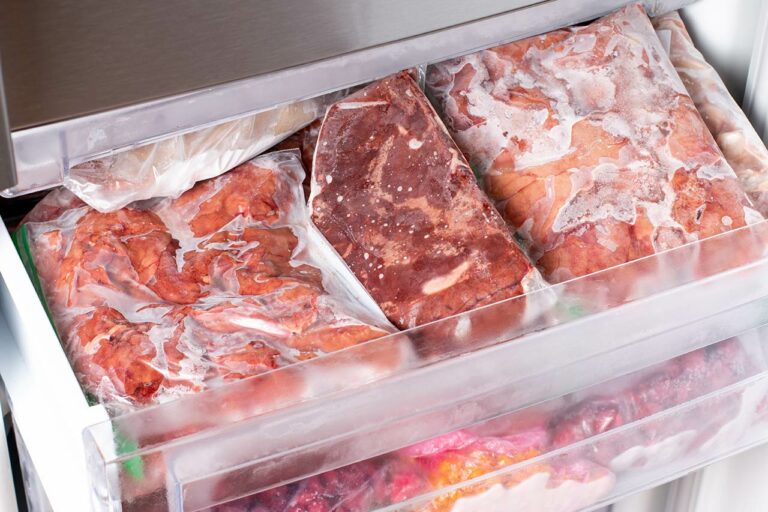Best Cut Of Meat For A Jerky Dehydrator To Get Delicious Results
Jerky has long been a favorite snack for outdoor enthusiasts, hunters, and survivalists, for good reason. It’s a flavorful and convenient source of protein that can last for months. When it comes to making your own jerky using a dehydrator, the cut of meat you choose plays a crucial role in the final result. The ideal cut for jerky is lean, with minimal fat, as fat can spoil over time and affect the overall quality of the jerky.
To accomplish this lean, minimal fat ideal, there are several cuts of meat that are recommended for making jerky in a dehydrator. Some popular choices include beef eye of round, top and bottom round roasts, flank steak, and sirloin tip. These cuts offer the perfect balance of taste and tenderness while still being lean enough for proper dehydration. If you prefer other meats, like pork, turkey, or venison, these can also make great jerky.
Once you’ve got your hands on the perfect cuts, it’s time to prepare and dehydrate the meat, which can also be a great way to test which meats work best for your.
Best Cuts of Meat for Jerky (Beef)
When it comes to the best cuts of beef to make jerky, lean cuts of meat with minimal fat are essential. Fat in meat spoils faster than the rest of it, which means, if you get too much fat in your jerky, it will shorten the jerky’s shelf life. With that in mind, some great options for beef jerky include:
Shank
This cut of beef comes from the animal’s leg and has a lot of connective tissue, giving it a nice chewy texture when dried. It’s also relatively inexpensive, making it great for large batches and emergency stores.
Round
Round includes cuts of beef like the eye of round, top round, and bottom round, all perfect for jerky. These cuts come from the back leg and are lean with minimal marbling. The eye of round is especially popular due to its consistent shape and even drying properties.
Sirloin
Sirloin tip is a top choice for jerky for its tenderness and leanness. It’s a bit pricier compared to round cuts, but brings a different flavor and texture profile that may be worth the additional cost for many.
Flank
Flank steak is lean, flavorful, and tender, making it a fantastic option for jerky. Though one of the more expensive cuts on this list, flank’s unique taste and texture makes it a favorite among jerky enthusiasts.
Other Meats for Jerky
While beef may be the most well-known of the jerky meats, it’s hardly the only meat option for a jerky dehydrator. The savory, chewy delight that is jerky can be crafted from a variety of meats, each bringing its own unique flavor and textural nuances to the table. From the mild, sweet notes of pork to the lean, gamey richness of venison, the world of jerky stretches far beyond the realms of beef. So, let’s talk pork, turkey, and venison and which cuts of meat maximize the flavor of these jerkies and ensure their longevity as survival staples.
Pork
Loin
When using pork for jerky, the loin is an excellent choice due to its lean nature and minimal connective tissue. It provides a slightly sweeter flavor compared to beef and dries well in a dehydrator, making the jerky tender and flavorful. This cut also has consistent thickness which allows for even drying.
Ham
The hind leg of the pig, or ham, is also a preferred option for pork jerky due to its dense and lean muscle structure. Selecting a shank or butt portion ham allows you to carve out uniform pieces, ensuring that the jerky dehydrates evenly. Be mindful to trim excess fat to enhance shelf life.
Turkey
Breast
Turkey breast is virtually the go-to when making turkey jerky because it’s exceptionally lean and offers a subtle, versatile flavor profile. The breast allows for easy slicing and minimal preparation, making it an excellent option for poultry-based jerky.
Thigh
If you’re looking for a slightly different texture, the turkey thigh can also be utilized. Though a bit fattier than the breast, it provides a richer flavor and slightly chewier texture to the jerky, if prepared correctly.
Venison
Backstrap
Venison is a popular choice for jerky given its lean and robust flavor profile. The backstrap, or loin, runs along the spine and is one of the leanest cuts, making it an ideal choice for jerky. It offers that traditional gamey flavor venison is known for, while maintaining a soft and chewy texture once dehydrated.
Round
Similar to beef, the venison round (hind leg) is also used due to its leanness and size. The top, bottom, and eye of the round from venison offer plenty of meat that can be sliced uniformly, providing a consistent base for jerky making.
Choosing and Preparing the Meat
Once you have your chosen jerky meat, here are a few tips to help you get the most out of the dehydration process and produce a jerky that is both flavorful and long-lasting.
Trimming the Fat
Before making jerky, it’s essential to trim any visible fat off the meat. Fat doesn’t dehydrate well and can reduce the shelf life of your jerky. Use a sharp knife to carefully remove the fat cap and any other visible fat.
Slicing the Meat
To achieve the best texture for your jerky, it’s important to slice the meat correctly. Cut against the grain to make the jerky easier to chew. Before slicing, partially freeze the meat to make it easier to handle. Use a sharp knife to create thin, uniform slices.
Marinating the Meat
Flavor is key when making jerky, and marinating the meat is the best way to achieve this. A basic jerky marinade contains soy sauce, Worcestershire sauce, salt, black pepper, liquid smoke, garlic powder, onion powder, and paprika. Feel free to experiment with spices, honey, or red pepper flakes to create a customized marinade that suits your preferences.
Freezing and Storage
The shelf life of homemade jerky depends on proper storage. Keep your jerky in airtight containers or vacuum-sealed bags to prolong its freshness. Freezing your jerky can also extend its shelf life, allowing you to enjoy delicious and flavorful jerky for a longer period.
Homemade Jerky vs Commercial Jerky
One significant advantage of making homemade jerky is the ability to control the quality and flavor. You can choose the best cuts of meat and customize the marinade to your taste preferences. Additionally, homemade jerky can be more cost-effective than commercial jerky, especially when made in bulk.
The one downside to homemade jerky vs commercial jerky is that it typically doesn’t last as long. Commercial jerky often incorporates preservatives, such as sodium nitrate, and utilizes specialized dehydration processes that optimize longevity, ensuring that it remains safe and palatable over extended periods of time.
Homemade jerky, though fresher and without added preservatives, may be susceptible to spoilage more quickly due to the natural microbial action on the meat. It necessitates careful storage — usually in a cool, dark place or even the refrigerator when possible — to maintain its quality for an extended time. The absence of professional-grade dehydrating tools and preservative ingredients in home kitchens can make it challenging to achieve the same shelf-stable status with homemade jerky as with store-bought.

